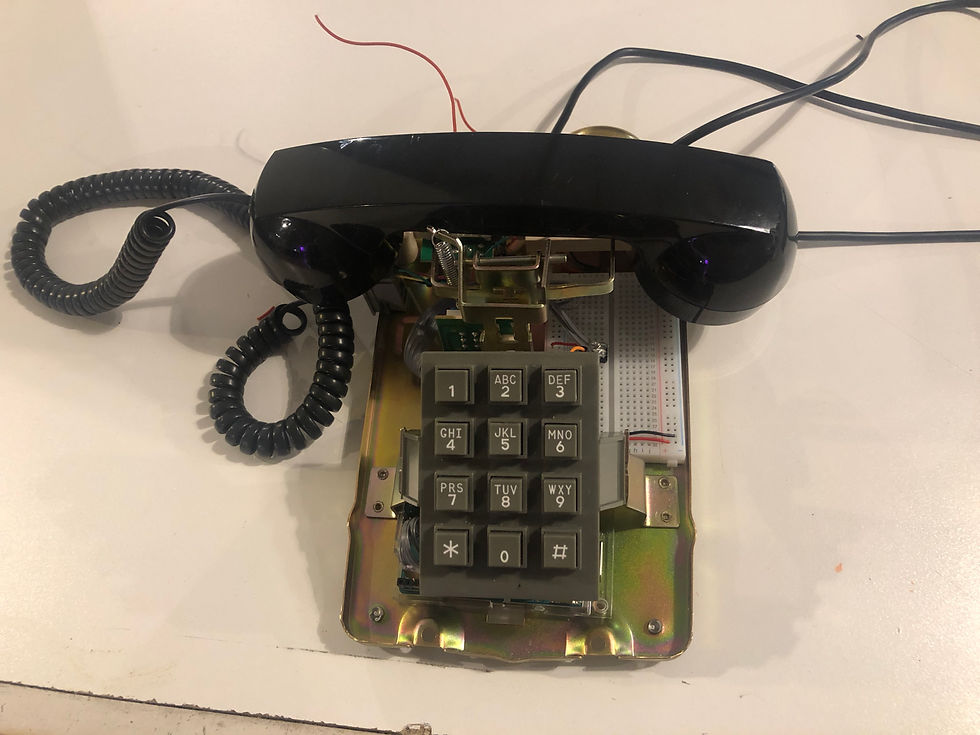PComp week 2: a couple of switches...
- Gabriella Garcia

- Sep 19, 2018
- 2 min read
Not gonna lie, PComp is probably my most anticipated and most intimidating class of the first semester; I have a lot of big interaction dreams that I want to pursue, but also zero intuition for the medium. I got frustrated a lot on this first assignment, but the tactile nature of the work makes this type of frustration far more welcome than that which I have faced over my ICM assignments.
Very grateful to the PComp help sessions, will be attending regularly. You (or the residents) will probably be seeing a lot of me this semester, too.. I'm determined to swim in this medium. Following is some documentation of my first assignments, and the beginnings of a switch experiment (I'll update this entry later upon completion):


These first steps were taken during the PComp session Monday evening, it was very helpful to have some visual guidance. I burnt out a couple LEDS pretty much immediately because it turns out the ones that came in my ARDX starter kit from Tinkersphere needed to be regulated down to 3.3 volts (using the Arduino board & battery for power). "Follow the flow of the circuit" was great (and seemingly obvious) advice from one of the residents.. I've been thinking of the breadboard sort of like NYC block grids with the subway as the flow of conductivity.
Figuring out the switch was a little easier after getting the "flow" visual down, but I wasn't able to figure out a parallel circuit. Office hours needed. I did start experimenting with creating a switch, using my push button setup as a template. Documentation of the first steps below, with plans to practice soldering to finish the lab:
I replaced the push button with wires and tested the circuit by touching the ends together (and took a detail photo so I could refer back to this later, despite how simple the circuit is). Then I started building the switch prototype, which will eventually be a broken heart that will power the LEDs when the two parts are touched together. I'm using aluminum foil, which is an old technique I remember from making a quiz board in my shop class when I was 10 and able to absorb these things more easily. The process triggered thoughts on how to refine/make more elegant... recognizing I don't need to line the "break fully with foil, for instance, and realizing that it would be more fun to make it a magnetic switch. Eventually I want to wire the lights so they live in the two pieces of the heart rather than the board, in a series circuit. Going to try to do this before class.
Update: didn't get to soldering, but here's the switch in action:
Thoughts on the readings
'Design of Everyday Things' hit home for me, I couldn't stop thinking about things like thermostats, house alarms, and remote controls. How have these objects, so ubiquitous, remained so terribly designed? Why do houses have one TV but eight remotes? What are all the buttons for? Why do I feel like I'm button-mashing through an arcade game every time I try to set the temperature in my home? How come I have to run for dear life between setting a house alarm and actually leaving said house? What if I were non-ambulatory? Etc etc etc...











Comments